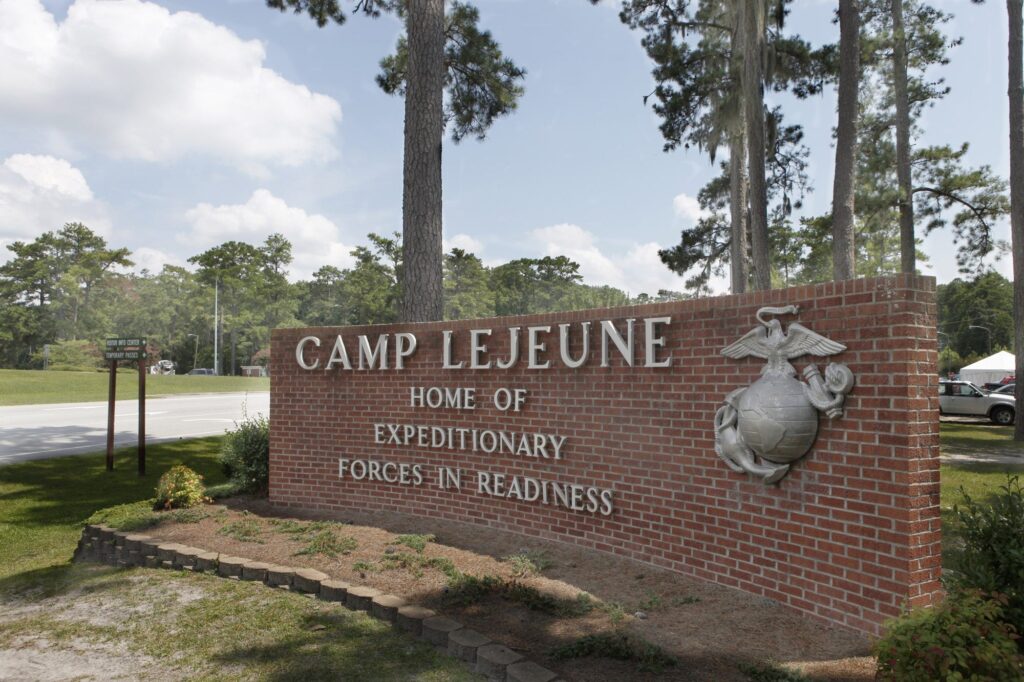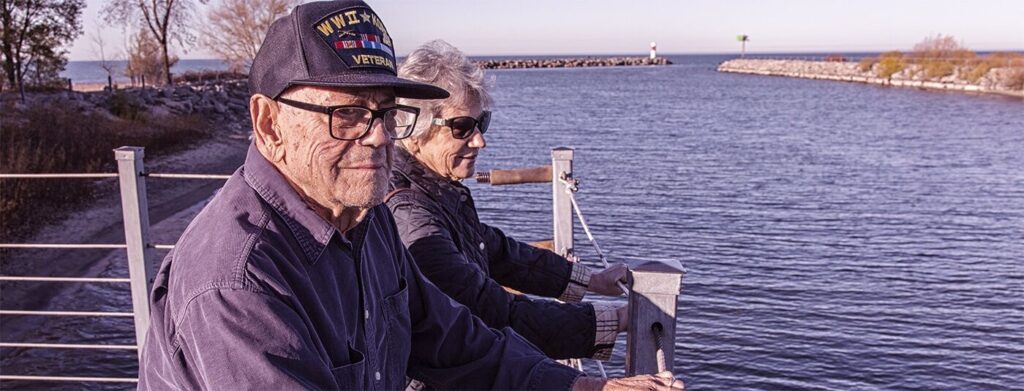Camp Lejeune has been the site of one of the most significant water contamination incidents in American history. Between the 1950s and 1980s, thousands of military personnel and their families were exposed to toxic chemicals in the base’s drinking water, leading to serious health problems.
Despite efforts by the government to provide compensation and healthcare to affected individuals, many are still struggling to cope with the long-term effects of this environmental disaster. In recent years, online and social communities have emerged as an essential source of support for Camp Lejeune water contamination victims.
These platforms have helped individuals connect with others who share their experiences, access information and resources, and advocate for their rights. In this article, we will explore how online and social communities support Camp Lejeune water contamination victims and make a difference in their lives.
1. Online and Social Communities Provide Support to the Victims
Online and social communities have emerged as a powerful source of support for those affected by the Camp Lejeune water contamination. These platforms provide a space for victims and their families to connect with others who share their experiences, share resources and information, and offer emotional support.
One such community is the “Camp Lejeune Toxic Water Survivors” group on Facebook, which has over 20,000 members. The group provides a safe space for individuals to share their stories and connect with others who understand their struggles.
There are organizations that offer a range of resources and support to those affected by the contamination, including advocacy and legal assistance. Through these online and social communities, victims can find the support they need to navigate the challenges of living with the long-term effects of the contamination.
2. Get More Information on the Issue

If you or someone you know has been affected by the Camp Lejeune water contamination, getting accurate information on the issue is essential. Various online resources are available to help you learn more about the history of the contamination, the health problems associated with exposure to toxic chemicals, and the government’s response to the crisis.
One helpful resource is the Camp Lejeune Community Assistance Panel (CAP), a group of community members, experts, and government officials who work together to address the health concerns of those impacted by the contamination. The CAP website provides up-to-date information on the latest research, meetings, and resources available to victims and their families.
Additionally, the Agency for Toxic Substances and Disease Registry (ATSDR) offers a comprehensive overview of the contamination and its health effects and information on how to access medical care and compensation. By getting informed, you can better understand your rights and take steps to protect your health.
3. Help the Victims Seek Legal Help
Many Camp Lejeune water contamination victims are still fighting for justice and compensation for the harm caused by the toxic chemicals in the base’s drinking water. Seeking legal help is essential in this process, but it can be daunting for those needing legal knowledge or resources. Online and social communities can play an essential role in helping victims connect with legal resources and advocacy groups.
One way to get legal assistance is through the National Veterans Legal Services Program, which has provided free legal representation to veterans and their families since 1981. By sharing information and resources about legal options, online and social communities can help empower victims to pursue the legal action they need to hold those responsible for the contamination accountable.
4. Victims Can Come Together to Share Ideas, Advice, and Experiences

One of the benefits of online and social communities for Camp Lejeune water contamination victims is the opportunity to come together and share ideas, advice, and experiences. Through these platforms, individuals can connect with others who understand their unique challenges and offer support and guidance.
For example, the “Camp Lejeune Toxic Water Survivors” group mentioned earlier. It provides a space for victims to ask questions, share information, and offer support to one another. Group members have shared tips on accessing medical care and compensation and strategies for coping with the long-term effects of the contamination.
By sharing their experiences and knowledge, victims can help empower one another and create a sense of community and shared purpose. You can also get an idea of Camp Lejeune lawsuit payout per person by talking with other veterans. According to the law firm TorHoerman Law, settlement amounts could be between $10,000 and $500,000, depending on your case.
Conclusion
The Camp Lejeune water contamination is a tragedy that has had far-reaching consequences for thousands of military personnel and their families. Despite the government’s efforts to provide compensation and healthcare, many victims struggle with the long-term effects of exposure to toxic chemicals.
Victims can share their experiences, offer support and guidance, and advocate for their rights by coming together. These communities remind us that, even in the face of tragedy and adversity, we can find strength and support in one another.
